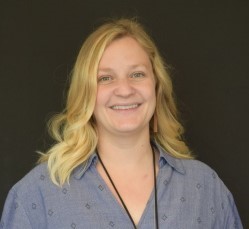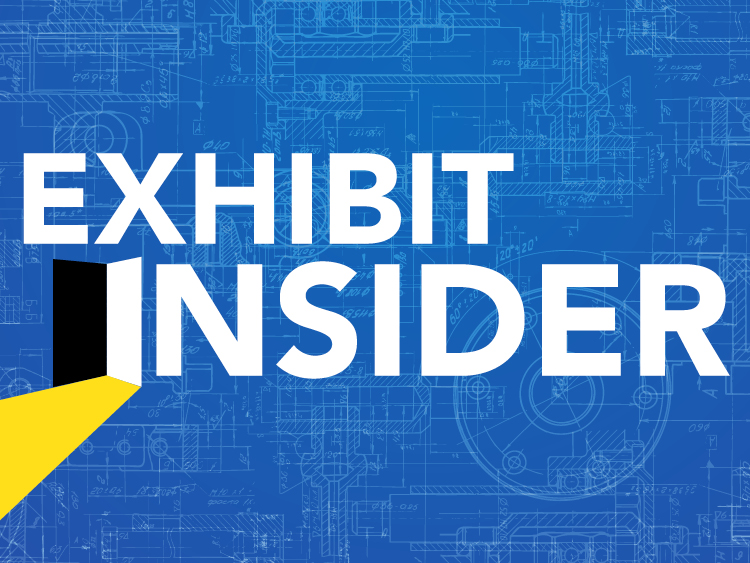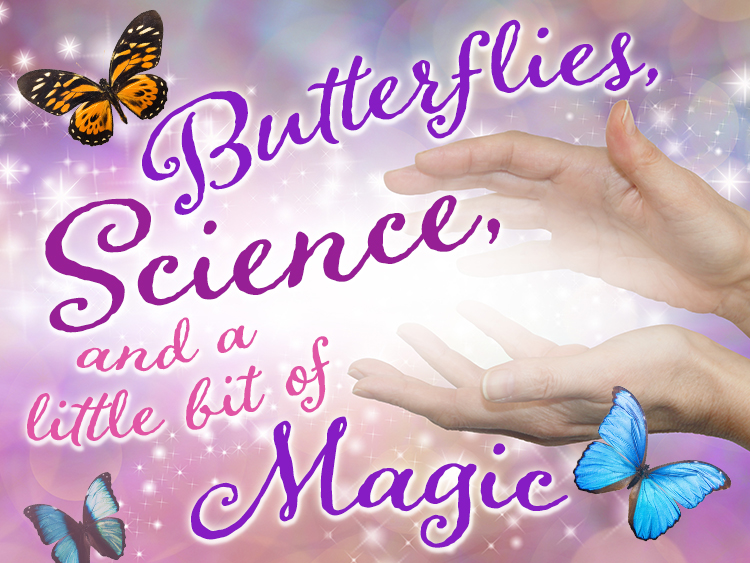By now everyone involved in K-12 education is well aware of the Next Generation Science Standards (NGSS). NGSS was developed out of concern for science education in the United States and the ability of our students to compete in a world with an ever-increasing demand on STEM careers and people to fill them.
Incorporating STEM into your school or classroom involves putting a greater emphasis on Science, Technology, Engineering, and Mathematics. STEM includes not just learning about these disciplines in the classroom, conveniently linking one discipline to the other, but also preparing your students to use these skills in the workforce. STEM education incorporates the overlapping disciplines while also setting context in the real-world, helping students to draw connections between school and their community, at a minimum. The purpose of STEM is to help our students look at a problem and think, “How can I solve this?” or look at an object and ask “How can I make this useful for society?”.
The goal of NGSS is essentially the same, but on a much larger scale. NGSS incorporates STEM though its science and engineering practices (SEPs) and goes a step further to include the content known as Disciplinary Core Ideas (DCIs) as well as Crosscutting Concepts (CCCs), which both help to put a structure to the content and skills being delivered. These three dimensions are then set to a real life problem or phenomena, similar to STEM, making what is taught in the science classroom more accessible to all learners. The goal of both is to give students opportunities to partake in the engineering design process much like someone in the workforce, rather than going through a step-by-step activity that is already laid out for them. We want our youth to ask questions and discover answers through exploration and experimentation. Students who are then adept at these skills will be more likely to follow in the footsteps of some of our great computer scientists and engineers.
In addition to fostering skills around STEM and overall engineering competency, the Next Generation Science Standards also place an emphasis on scientific literacy. The goal of NGSS is to not just prepare our students for engineering careers and using science as a way to help society, but as an overall system. The new standards want to assure that students understand the physiology of birds in general, not just how we can use their structure to design aircrafts. The first part of this concept hits upon the goals of NGSS while the latter demonstrates a STEM focus. This helps our students to become more well-rounded and creates an entry point for all students to be successful within the science classroom.
Another important feature of both Next Gen and STEM is the real-world application. Whether your students are designing a bridge or learning how Newton’s Laws of Motion apply to the world around them, there is a context and hopefully a career application. This will allow students to see themselves as scientists and encourage them to continue to wonder and discover like the great scientists who paved the way. STEM is just one part of science. NGSS takes that part and links it with the other key features, creating a framework for our students to take with them to help understand the world around them. From there, a student who is well-versed in Next Gen should be able to develop further questions and design ways to solve or answer them. Through STEM and NGSS we are helping to generate and pave the way for our scientists and engineers of tomorrow, both linking together in a complementary way.
Stay connected! Be sure to subscribe to Down to a Science— The Official Blog of the Connecticut Science Center and follow us on social media.

Lindsey Sullivan is a Professional Learning Specialist at the Connecticut Science Center’s Mandell Academy for Teachers. Before joining the Mandell Academy, Lindsey was a high school science teacher. Currently, Lindsey supports educators as they make sense of NGSS through her facilitation of workshops offered by the Mandell Academy as well as providing coaching support in schools.


